In this CRF project, we aim to investigate how non-Hermitian physics can be used to manipulate wave propagation in both optical and acoustic systems. Absorption loss in optics and acoustics is usually undesirable as many interesting wave propagation phenomena disappear when the system is too lossy. Yet, recent explorations of loss and gain within the framework of non-Hermitian systems counterintuitively predict important roles for the loss and gain in wave propagation due to the appearance of the so-called exceptional points, at which the eigenvalues and eigenvectors coalesce. These exceptional points affect the system response in peculiar and sensitive ways when we either sweep across or encircle these points in the phase space. As such principle is very generic, potential applications of non-Hermitian physics are virtually limitless, with some that are particularly promising such as enhanced sensing, laser-mode selection, and unidirectional invisibility. The above goals will be achieved by exploring new geometric structures of exceptional points, metasurfaces equipped with exceptional points and dynamically tunable non-Hermitian systems.
Please click here to read the relevant news, “Virtualized metamaterial opens door for acoustics application and beyond” in PHYS.ORG.
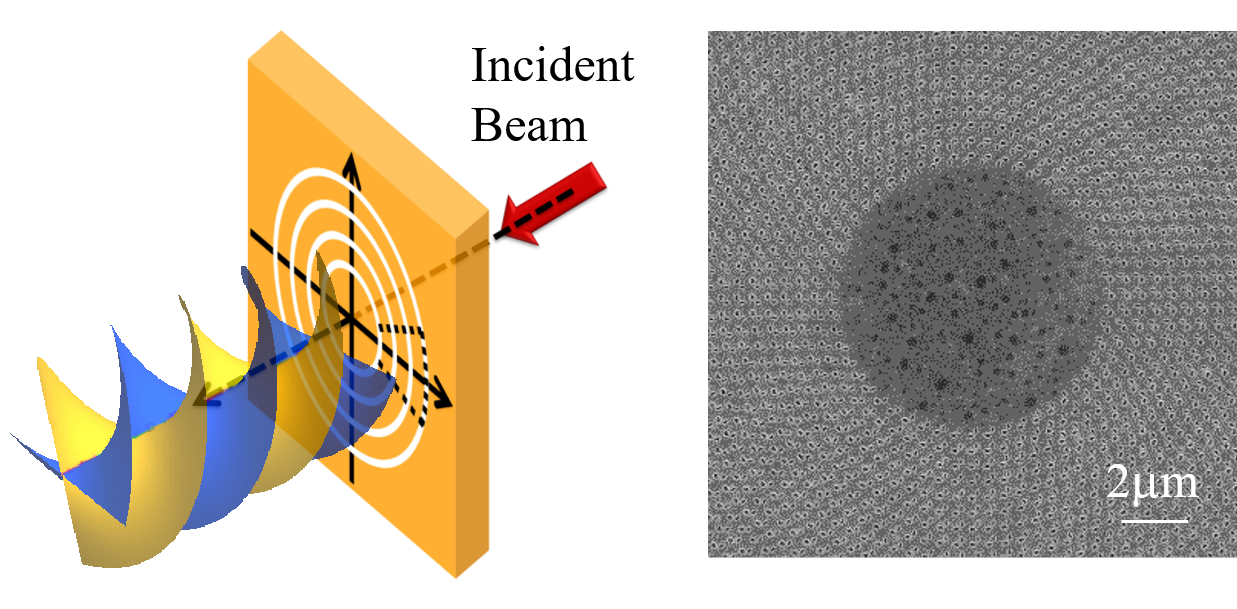
A metasurface with exceptional points to tune transmitted beam profile
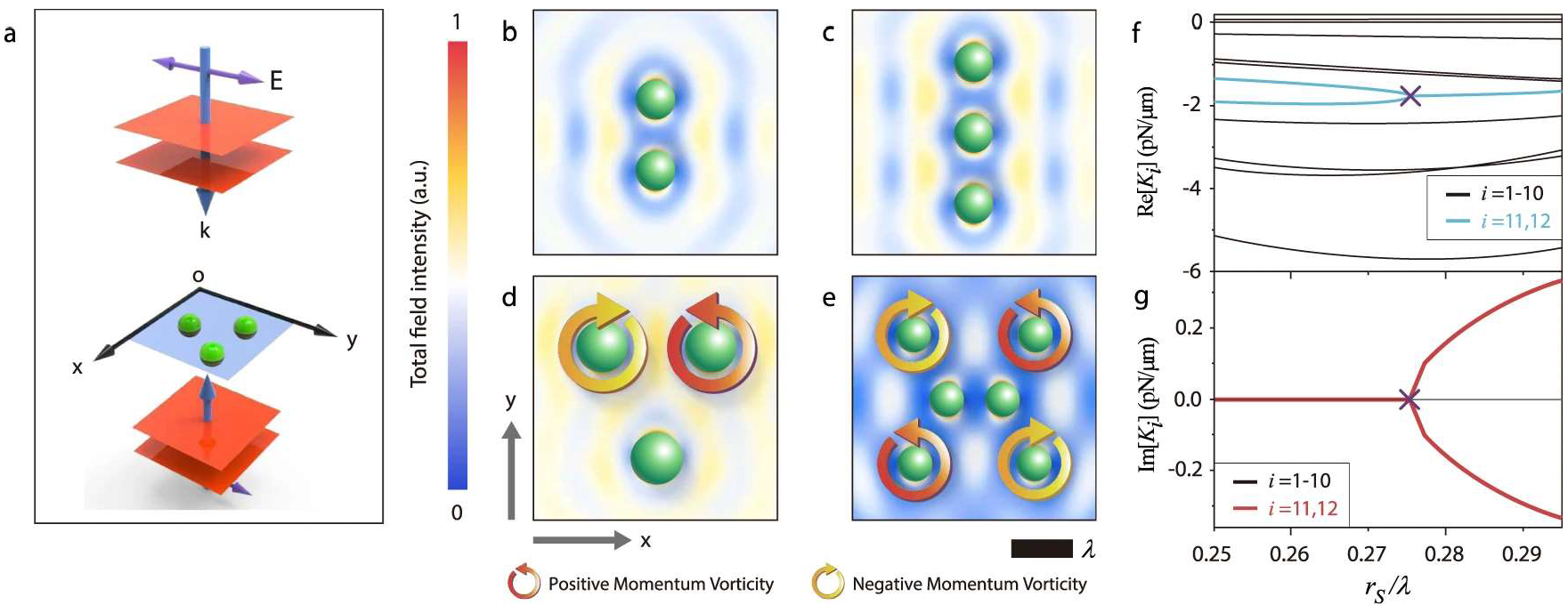
The concept of non-Hermitian exceptional point in optical binding
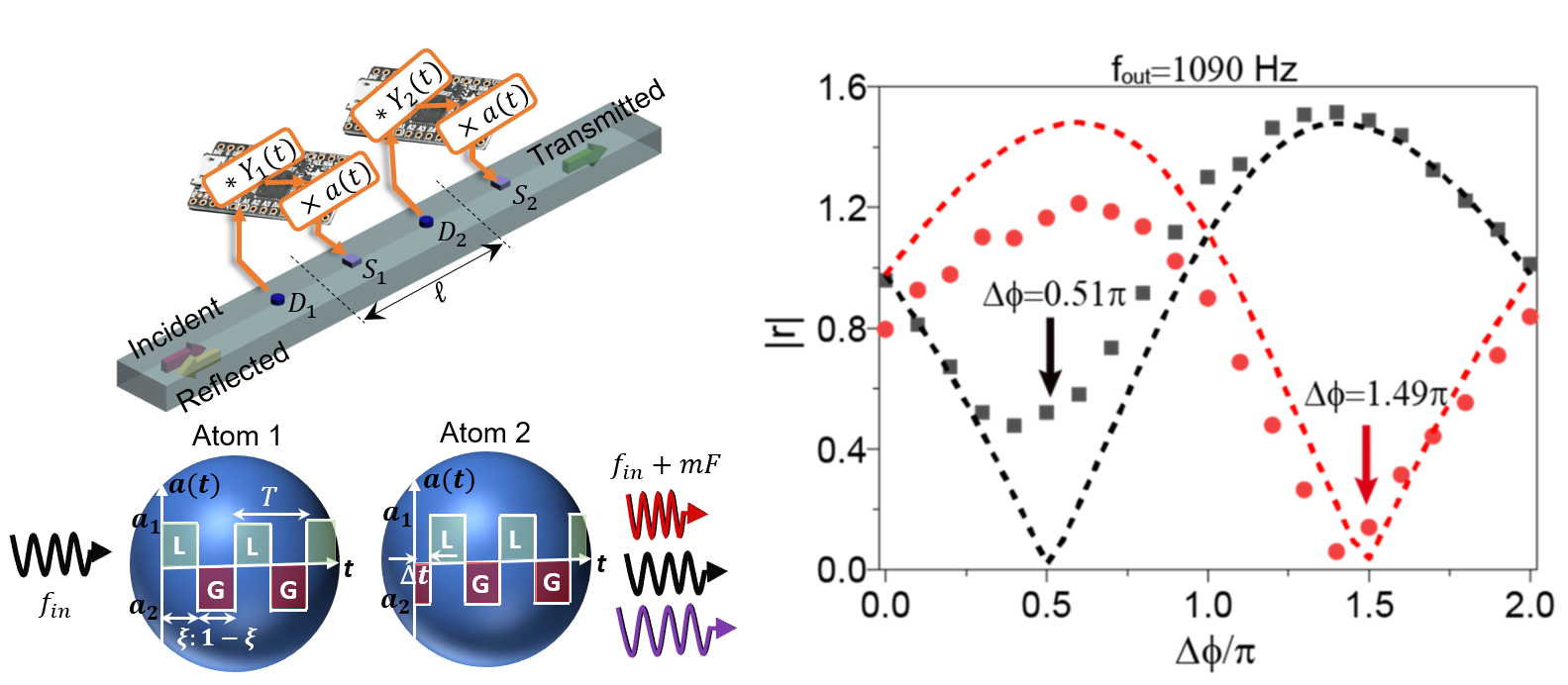
Unidirectional amplification in a non-Hermitian acoustic metamaterial with time-varying gain and loss.
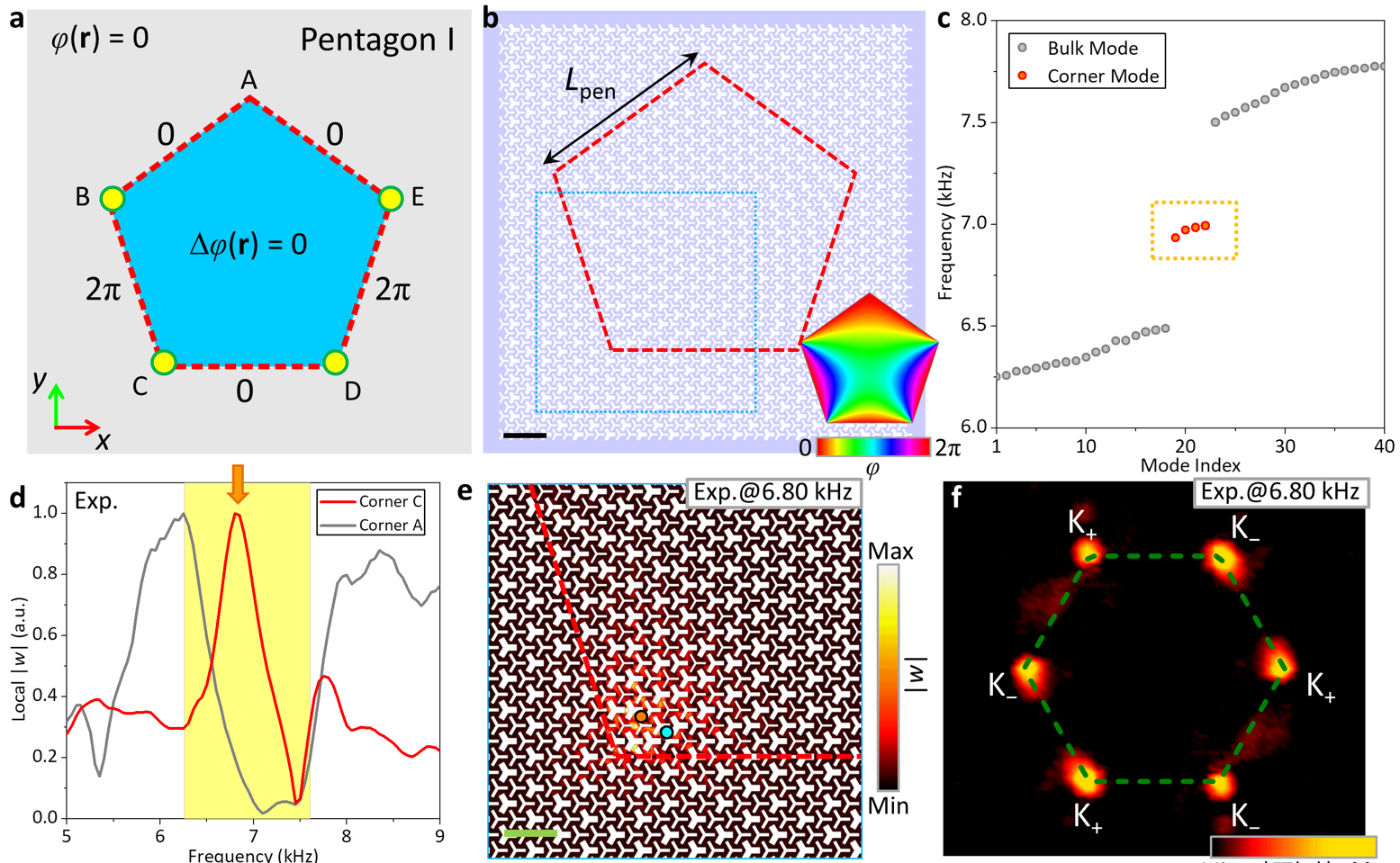
Topological modes at selected corners of an arbitrary polygon
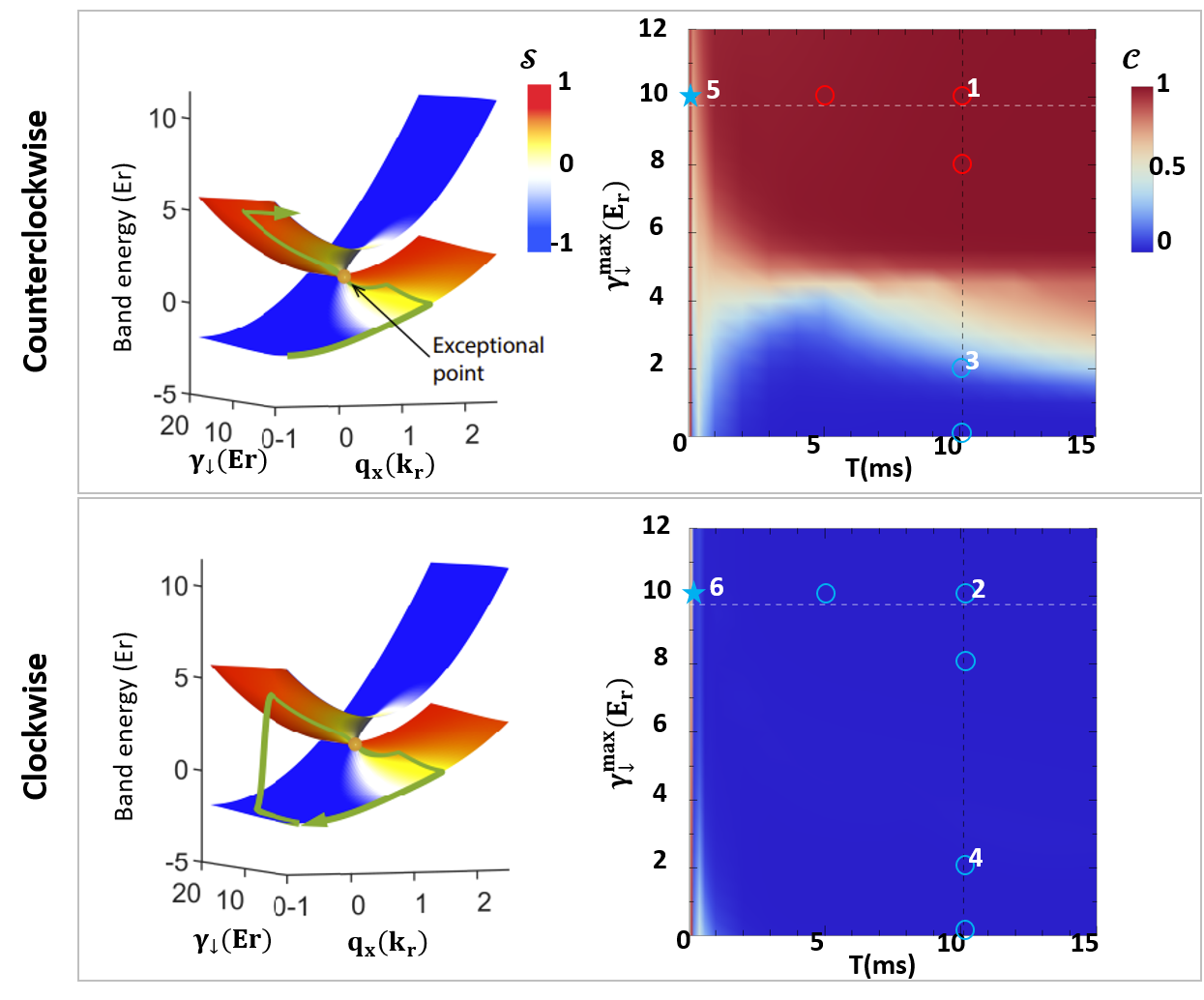
Encircling a non-Hermitian exceptional point for a cold atom system
Selected Publications:
1. Chen, Z.G., Zhang, R.Y., Chan, C.T. and Ma, G., 2022. Classical non-Abelian braiding of acoustic modes. Nature Physics 18(2), pp.179-184.
2. Ren, Z., Liu, D., Zhao, E., He, C., Pak, K.K., Li, J. and Jo, G.B., 2022. Chiral control of quantum states in non-Hermitian spin–orbit-coupled fermions. Nature Physics 18, pp.385-389.
3. Li, X., Liu, Y., Lin, Z., Ng, J. and Chan, C.T., 2021. Non-Hermitian physics for optical manipulation uncovers inherent instability of large clusters. Nature Communications 12(1), pp.1-9.
4. Wu, X., Meng, Y., Hao, Y., Zhang, R.Y., Li, J. and Zhang, X., 2021. Topological Corner Modes Induced by Dirac Vortices in Arbitrary Geometry. Physical Review Letters 126(22), p.226802.
5. Meng, Y., Hao, Y., Guenneau, S., Wang, S. and Li, J., 2021. Willis coupling in water waves. New Journal of Physics 23(7), p.073004.
6. Zhu, X., Wang, H., Lei, D., Pendry, J.B. and Li, J., 2021. Designing plasmonic exceptional points by transformation optics. Optics Express 29(11), pp.16046-16055.
7. Liang, H., Lau, K.M., Wong, W.C., Du, S., Tam, W.Y. and Li, J., 2021. One-sided destructive quantum interference from an exceptional-point-based metasurface. Physical Review A 104(6), p.063710.
8. Wen, X., Zhu, X., Fan, A., Tam, W.Y., Zhu, J., Wu, H.W., Lemoult, F., Fink, M. and Li, J., 2022. Unidirectional amplification with acoustic non-Hermitian space− time varying metamaterial. Communications Physics 5(1), pp.1-7.
9. Wen, X., Zhu, X., Wu, H.W. and Li, J., 2021. Realizing spatiotemporal effective media for acoustic metamaterials. Physical Review B 104(6), p.L060304.
10. Leung, H.M., Gao, W., Zhang, R., Zhao, Q., Wang, X., Chan, C.T., Li, J. and Tam, W.Y., 2020. Exceptional point-based plasmonic metasurfaces for vortex beam generation. Optics Express 28(1), pp.503-510.
11. Zhang, R., Zhao, Q., Wang, X., Li, J. and Tam, W.Y., 2020. Circular phase-dichroism of chiral metasurface using birefringent interference. Nano Letters 20(4), pp.2681-2687.
12. Han, J., Intaravanne, Y., Ma, A., Wang, R., Li, S., Li, Z., Chen, S., Li, J. and Chen, X., 2020. Optical metasurfaces for generation and superposition of optical ring vortex beams. Laser & Photonics Reviews 14(9), p.2000146.
13. Meng, Y., Li, X., Liang, A., Ng, J. and Li, J., 2020. Acoustic Pulling with a Single Incident Plane Wave. Physical Review Applied 14, 014089.
14. Cui, X., Ding, K., Dong, J.W. and Chan, C.T., 2020. Realization of complex conjugate media using non-PT-symmetric photonic crystals. Nanophotonics 9(1), pp.195-203.
15. Cui, X., Ding, K., Dong, J.W. and Chan, C.T., 2019. Exceptional points and their coalescence of PT-symmetric interface states in photonic crystals. Physical Review B 100(11), p.115412.
16. Kamiński, P.M., Arslanagić, S., Mørk, J. and Li, J., 2019. Two-dimensional phase-space picture of the photonic crystal Fano laser. Physical Review A 100(5), p.053808.
17. Jiang, Y., Mei, Y., Zuo, Y., Zhai, Y., Li, J., Wen, J. and Du, S., 2019. Anti-parity-time symmetric optical four-wave mixing in cold atoms. Physical Review Letters 123(19), p.193604.
18. Xu, J., Liu, Y., Chan, K.S. and Li, J., 2019. Multiple one-way edge states from reciprocal continuous media. Physical Review Applied 12(6), p.064014.